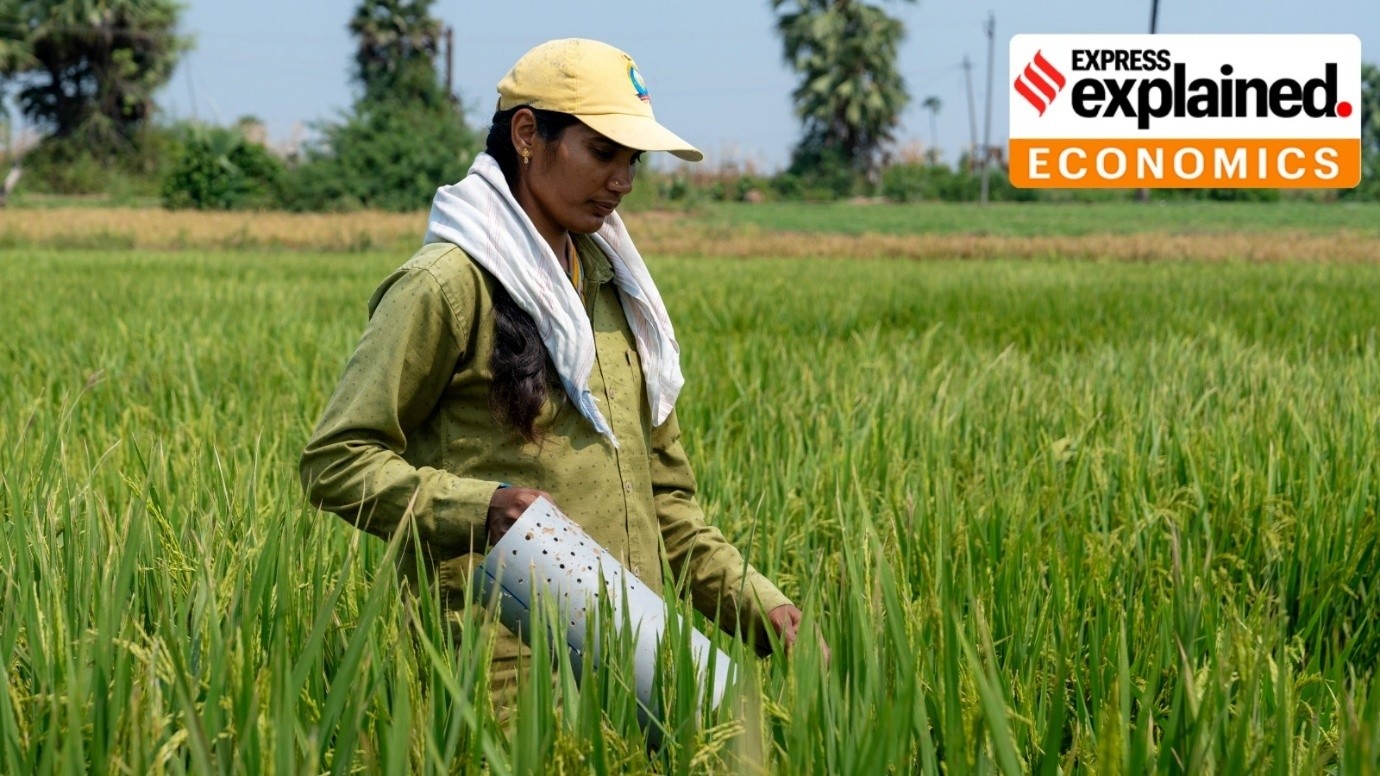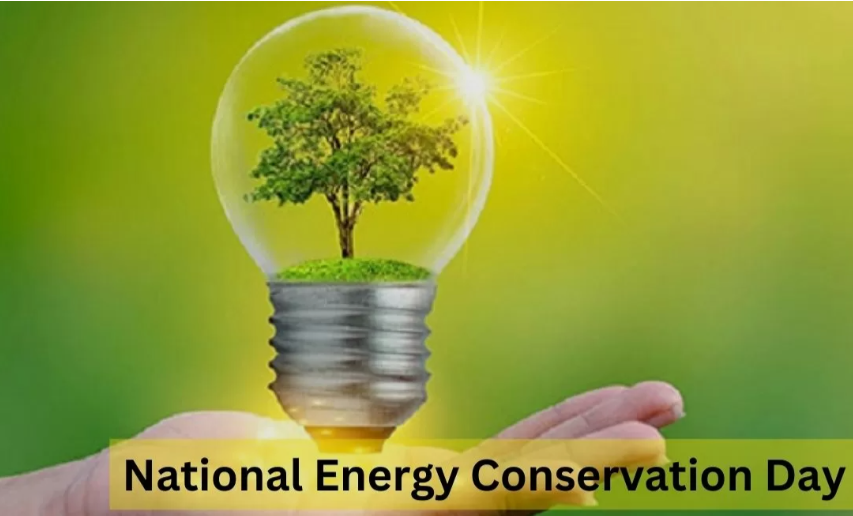



India and the world face a triple planetary crisis—rising carbon emissions, biodiversity loss, and pollution—worsened by fossil fuel reliance, deforestation, and poor waste management. Despite low per capita emissions, India’s environmental degradation disproportionately affects the poor, demanding global accountability and a shift toward ecological development.

Disclaimer: Copyright infringement not intended.
As we observe June 5 as World Environment Day, one takes stock of how the previous decade has exacerbated/mitigated existing environmental crises.
|
Attribute |
Details |
|
Triple Planetary Crisis |
The world is facing three interconnected environmental crises: 1. Carbon Emissions 2. Biodiversity Loss 3. Pollution |
|
Rising Carbon Emissions |
- Global CO₂ emissions rose by ~10% (2015–2024): from 34.1 to 37.4 billion metric tonnes. - India’s emissions rose from 2.33 to 3.12 billion metric tonnes due to coal and oil dependency. |
|
Biodiversity in Danger |
- India’s biodiversity is threatened by: → Deforestation → Wetland degradation → Monoculture expansion → Result: Mass extinction and ecosystem disruption. |
|
Frequent Pollution |
- India faces severe air pollution. - Delhi remains among the world’s most polluted cities consistently topping global indices. |
Fossil fuel dependence: Major sources of global carbon emissions. In India, about 70% of electricity is generated from coal. Emissions from power generation, transportation and industry are major contributors.
Forest harvesting and land use change: Forest approval for infrastructure projects (road, mining, dam) is increasing. Biodiversity-rich areas such as the Western Ghats and the Northeast are the most affected.
Agricultural intensity: The high-input monoculture by the agricultural business damages the ecosystem. Water bodies are polluted with nitrates, pesticides and plastic.
Waste mismanagement and urbanization: Fast, uncontrolled urban development leads to irregular landfills and untreated sewage. Rivers like Ganga and Yamuna are heavy polluted. India produces 62 million tonnes of waste annually; Only 20% are properly processed.
Overgrowth and industrialization: Excessive consumption in Global North changes environmental costs in the global south. Global supply chains pollution and ecological losses to developing countries.
|
Aspect |
Details |
|
Per Capita vs. Total Emissions |
- India’s per capita emissions: ~1.9 tons/year. |
|
Disproportionate Impact on Poor |
- Marginalized communities suffer most. |
|
Global Environmental Injustice |
- India faces effects of historical emissions by developed nations. |
|
Loss of Biodiversity |
- Leads to food insecurity and pressure on public health systems. |
Global answer accountability: Rich nations should significantly reduce emissions. Provide climate finance to developing countries. Eliminate outsourcing of polluting industries.
Corporate responsibility: Apply strict environmental laws and apply carbon taxes. Market access ban for companies violating green policies. Promote corporate rearing for sustainable practices.
Ecological development model: Development should prefer ecological stability. Support is necessary for low carbon livelihood and environmentally friendly industries.
Source: The Hindu
|
PRACTICE QUESTION Q. Discuss the major environmental crises confronting India in the context of the global 'Triple Planetary Crisis'. How should India balance ecological sustainability with developmental needs? (150 words) |






© 2026 iasgyan. All right reserved